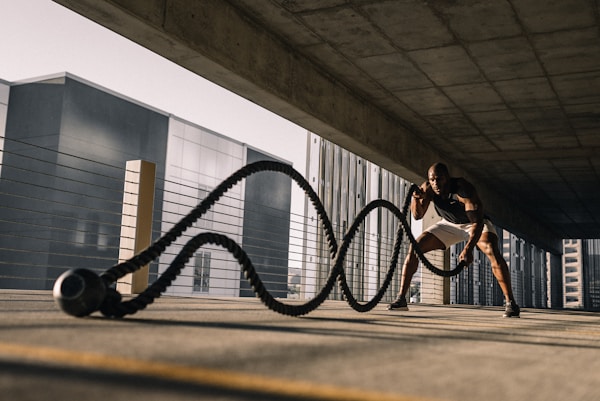The Ultimate Guide to Physiotherapy: Techniques, Benefits, and Practical Applications
D
Dr. Sarah Thompson
6 min read
Introduction
What is Physiotherapy?
- Musculoskeletal injuries (e.g., back pain, sprains, arthritis)
- Neurological conditions (e.g., stroke, Parkinson's disease)
- Post-surgical rehabilitation
- Sports injuries
- Chronic pain syndromes
The Science Behind Physiotherapy
Core Techniques in Physiotherapy
1. Manual Therapy
- Joint Mobilization: Gentle movements to improve joint range of motion.
- Soft Tissue Massage: Relieves muscle tension and improves blood flow.
- Myofascial Release: Targets fascial restrictions to enhance flexibility.

2. Therapeutic Exercise
- Strength Training: Using resistance bands or body weight to build muscle.
- Stretching: Improving flexibility to prevent injuries.
- Balance Exercises: Enhancing stability for fall prevention.
### Home Exercise: Cat-Cow Stretch
1. Start on all fours, hands under shoulders, knees under hips.
2. Inhale, arch your back (cow position), lifting your head and tailbone.
3. Exhale, round your back (cat position), tucking your chin and pelvis.
4. Repeat for 8-10 reps, 2 sets daily.
3. Electrotherapy and Technology
- Ultrasound Therapy: Uses sound waves to promote tissue healing.
- TENS (Transcutaneous Electrical Nerve Stimulation): Reduces pain through electrical impulses.
- Wearable Tech: Devices like smart braces monitor movement and provide real-time feedback.
function trackRangeOfMotion(data) {
const { angle, timestamp } = data;
if (angle > 90) {
console.log(`Optimal range achieved at ${new Date(timestamp).toLocaleTimeString()}`);
} else {
console.log(`Continue exercising to improve range: ${angle}°`);
}
}
4. Patient Education
- Posture correction
- Ergonomic adjustments
- Self-management strategies for chronic pain
Benefits of Physiotherapy
- Pain Relief: Reduces reliance on pain medications.
- Improved Mobility: Enhances daily function and independence.
- Injury Prevention: Strengthens muscles to reduce future risks.
- Faster Recovery: Accelerates healing post-surgery or injury.
Case Study
Practical Applications: At Home vs. Clinic
In-Clinic Physiotherapy
- Personalized Assessments: Detailed evaluations using tools like goniometers for joint angles.
- Advanced Equipment: Access to hydrotherapy pools or robotic-assisted therapy.
- Expert Guidance: Direct supervision by trained professionals.
At-Home Physiotherapy
- Home Exercises: Simple routines like the cat-cow stretch or wall sits.
- Telehealth: Virtual sessions with physiotherapists via video calls.
- Apps and Wearables: Tools like Fitbit or PhysioTrack to monitor progress.

Common Conditions Treated
- Lower Back Pain: Through core strengthening and posture correction.
- Post-Surgical Recovery: E.g., after knee replacement or ACL repair.
- Sports Injuries: Sprains, strains, and tendonitis.
- Neurological Disorders: Stroke rehabilitation or multiple sclerosis management.
Getting Started with Physiotherapy
- Consult a Physiotherapist: Find a licensed professional through local clinics or telehealth platforms.
- Set Goals: Define whether you aim for pain relief, mobility, or performance.
- Follow a Plan: Adhere to prescribed exercises and attend follow-ups.
- Track Progress: Use apps or journals to monitor improvements.
Conclusion
Was this post helpful?
128
4
Rate this post:
Comments
Comment section is under development.